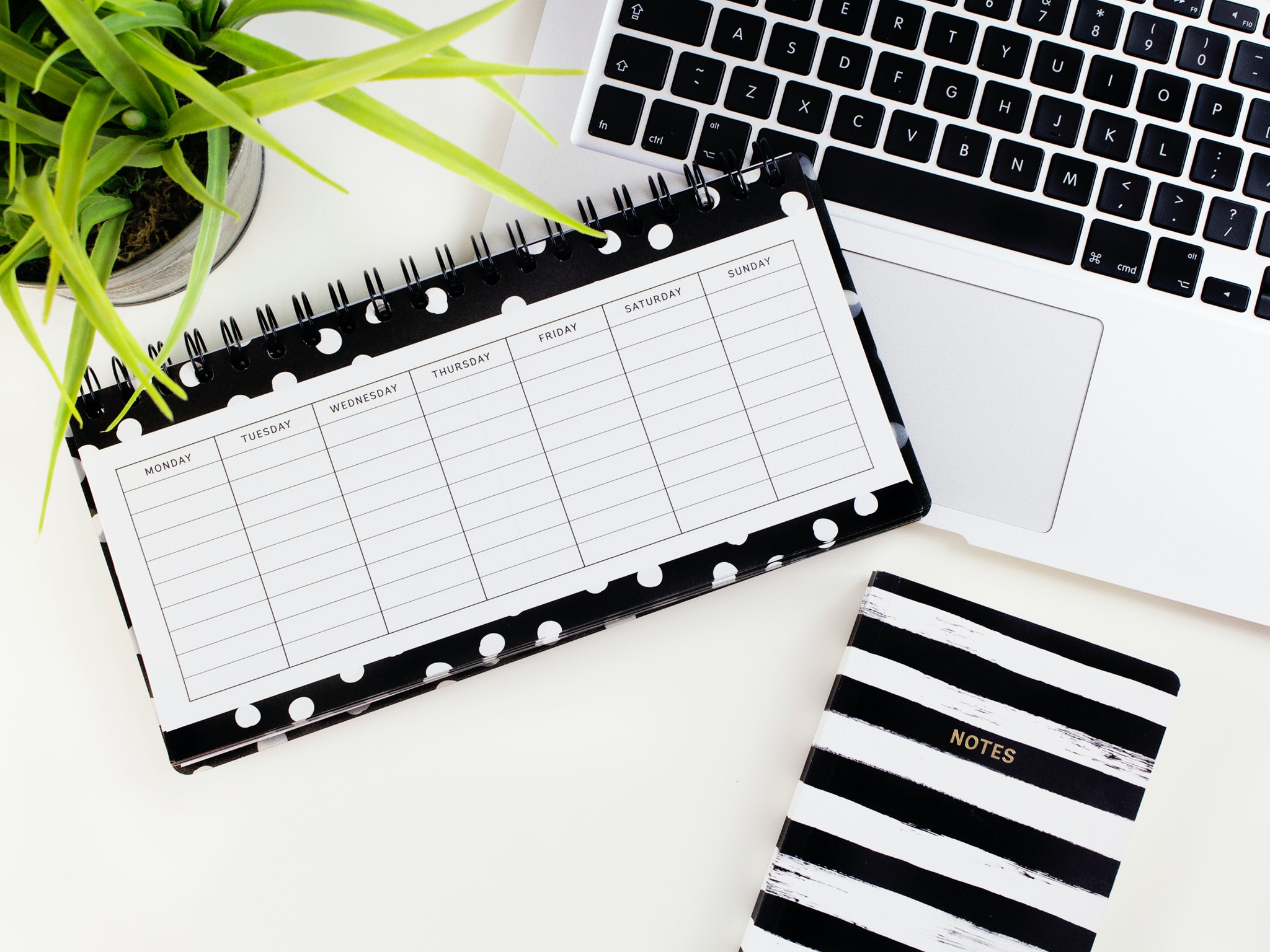How to Create a Great To-Do List
How to Create a Great To-Do List
In our daily rush, we often forget about some of the work that was to be done today. What to do now when you remember it, but it’s too late? Making a to-do list is a great way to remember everything to do, so you can look at your work with a more critical eye and sort it by importance to get things done on time. Read more about making a to-do list for your goals: Why Setting Goals is Important.
People use the to-do list for a variety of reasons – being organized, productive, not forgetting what matters most. There are a variety of tricks and tips for creating an effective to-do list that will allow you to get things done on time, without stress and unnecessary procrastination. Listing all your to-do tasks on a piece of paper or on an app makes it easier to “organize everything on the shelf”, clearing your head of excess, and setting specific goals to achieve.
Tips for creating a list
-
Choose one best way for you to list your work. It can be on paper or electronically, depending on your convenience. Maybe it’s a special notebook that’s always on your desk or a note on your phone, or even a table on your desktop. No matter where a list is made, the key is to be quick and easy to view at any time, so you know where to look for it, not to be confused by multiple lists in different places, and to lose it in your daily rush.
- Never list more than 7 to-do tasks. Cluttering up your to-do list runs the risk of demotivating yourself and scaring you with the amount you compile. When you have too much work, you become unproductive and overwhelmed with quantity, realizing how much time it will take and do not want to even start. Several studies confirm that doing many tasks at the same time develops our mental capacity, but do not try to make a long list of all the tasks that you will not be able to accomplish within the deadline. Give yourself time and remember that within 24 hours you cannot do as much as you would like.
- Between complex tasks, insert some easier ones. These can be simple housework like “tidying up a room” or “preparing lunch”. Doing so will both relax you from focusing on your previous job, and make it easier and even more rewarding to remove another job from the list.
- Divide big tasks into smaller ones. A task that is time-consuming and requires a great deal of effort, such as “starting a research job”, is likely to remain on paper and you will not stick to it. One way to do this, however, is to break it down into smaller tasks, such as “finding the statistics you need for the study” or “writing the first chapter on the main topic”. Your thoughts will become clearer and will help you accomplish small tasks much faster.
- Include everything you need to get the job done. For each task, list all the information you need to complete the task, for example, if you need to call someone or see a doctor, make a note of the phone number so you don’t have to waste time searching for it.
- Prioritize your work. Many programs allow you to organize tasks in the order you want – it’s best to sort them from the most important to the less important. It is not advisable to start with simple tasks, and later concentrate on the most difficult tasks. Moreover, it is best to start with tasks that need to be done today or in the near future.
- Set reminders and deadlines for tasks. Reminders drive you forward, letting you remember about your work and putting pressure on you to start doing it. Deadlines help you keep track of when jobs should be completed. However, for some people, setting deadlines can be stressful and counterproductive, knowing that there is not enough time to finish on time. Feel free to try how it works for you and whether it is a successful tool for your productivity or not.
- Don’t forget to cross out completed or even create a “Done List”. One of the best feelings is to remove a job from the list, knowing that you’ve been productive, and there’s less and less work left. Have fun with your success and motivate yourself to keep going. If you want to see the work done more clearly, you can also create a separate list of everything that has already been done.
When you record your thoughts on paper or electronically, you’ll never forget the tasks you need to do and become more productive every day, because the little pressure when you see your To-do list also acts as a motivation to shorten them as quickly as possible. You can also try downloading a program that will help with reminders and make creating lists an interesting process.









